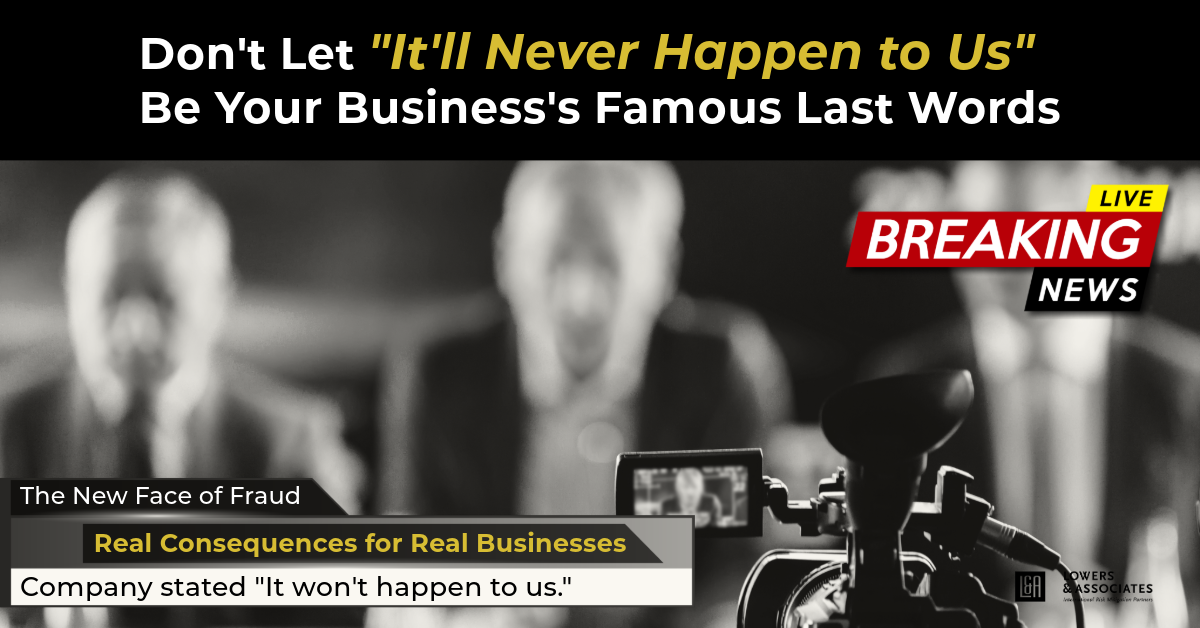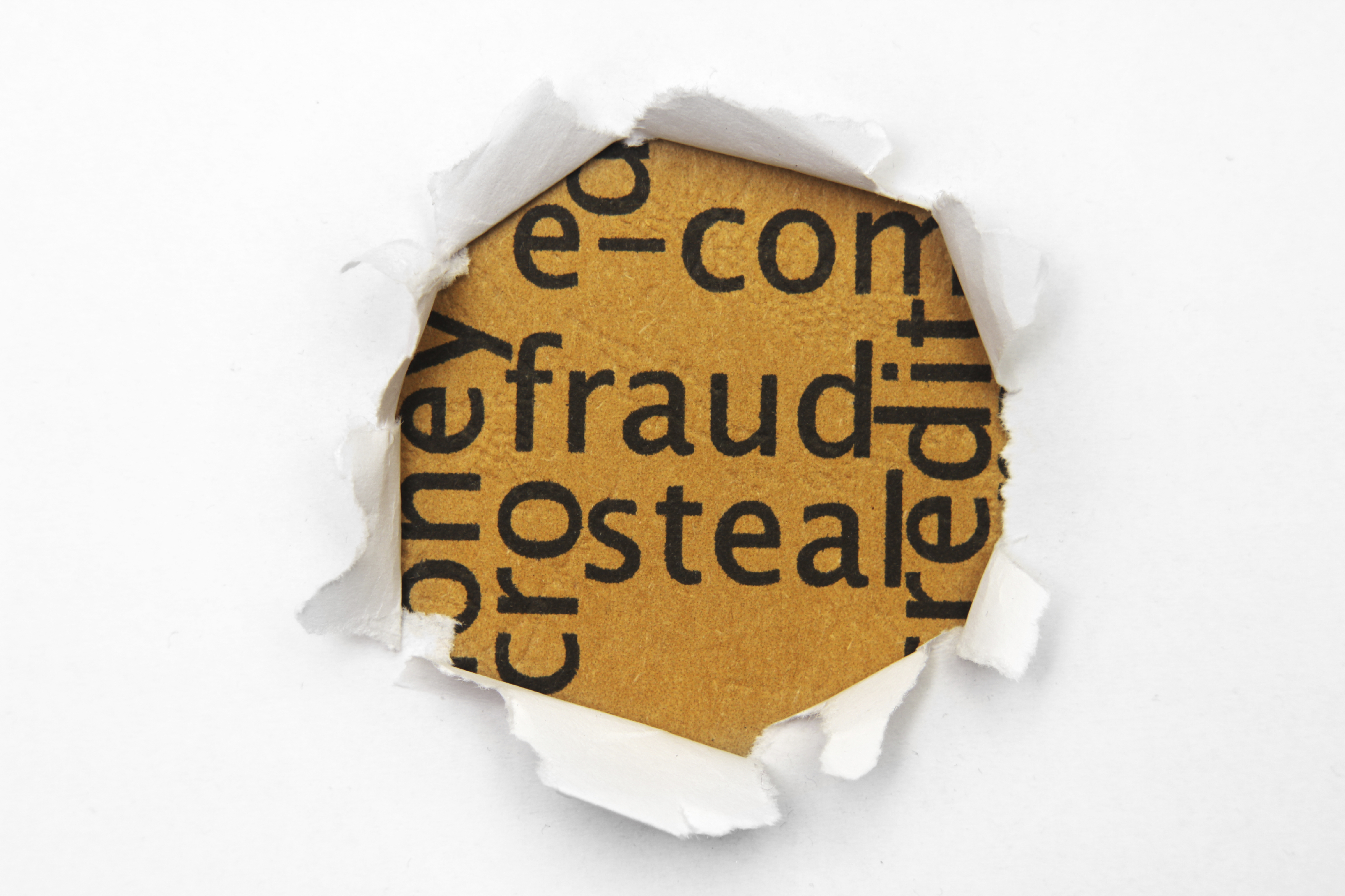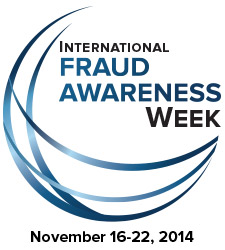Don’t Let “It’ll Never Happen to Us” Be Your Business’s Famous Last Words

In today’s rapidly evolving fraud landscape, complacency is a costly gamble. Those well-worn phrases—“That will never happen to me” or “We’ve always done it this way”—might feel comforting, but they’re the kind of cultural blind spots that fraudsters love. These mindsets can quietly creep into even the most robust organizations, leaving them ripe for exploitation.
The New Face of Fraud: Sophisticated, Professional, and Persistent
Gone are the days of laughable scam emails from “Nigerian princes” or poorly written pleas for bail money. Today’s fraudsters are highly organized and laser-focused. They operate in large, professional crime rings, leveraging cutting-edge technology and psychological manipulation to exploit vulnerabilities. Think ransomware attacks that cripple critical infrastructure, data breaches that compromise millions, or phishing schemes that seem almost too convincing to question.
If you think fraud is someone else’s problem, consider this: every Social Security number in the U.S. has likely been bought and sold multiple times in the past five years. Business email compromise (BEC) is now the fraud frontier, with tactics so convincing they’ve fooled even the most tech-savvy individuals. And if you think only the elderly are vulnerable, you might be surprised—BEC schemes target businesses of all sizes, using tactics like fake surveys, phishing emails, and cleverly disguised links to steal sensitive data.
Real Consequences for Real Businesses
Fraud isn’t just a nuisance; it’s a financial black hole. According to the Association of Certified Fraud Examiners (ACFE), businesses lose an average of 5% of their revenue to fraud annually. That’s a staggering figure, especially when you consider that many of these losses could be mitigated with proper education and vigilance.
Take, for instance, the all-too-common phishing email promising a $25 Starbucks gift card in exchange for a quick survey. At first glance, it seems harmless. But by the time an employee has clicked the link and entered personal details, a fraudster may have collected enough information to launch a full-scale attack. Repeated password entry attempts, prompts to reset passwords, and fake account setups are just a few of the tricks bad actors use to gain access to your systems.
The Key to Prevention: Culture, Training, and Vigilance
Fraud prevention isn’t just about having the right tools—it’s about fostering a culture that takes these threats seriously. While technology solutions like spam filters, email quarantine systems, and cyber risk assessments are essential, they’re only part of the equation. The real game-changer? Education and awareness.
Consider launching regular phishing simulations to test your team’s response to potential threats. Annual fraud prevention training should be a cornerstone of your risk management strategy. Teach employees to recognize red flags: unfamiliar senders, urgent requests, odd signatures, embedded links, and unsolicited PDF attachments.
And most importantly, empower your workforce to think critically. Fraud prevention starts at the top, but it’s a team effort. When every employee understands their role in safeguarding the business, they become your first line of defense against fraud.
Don’t Wait for a Wake-Up Call
The time to act is now. Fraudsters aren’t waiting, and neither should you. Adopt a proactive approach to fraud prevention, and let go of those outdated “it won’t happen to us” mindsets. By prioritizing education, strengthening your defenses, and cultivating a culture of vigilance, you can protect your business’s bottom line—and its reputation.
Fraud Week is the perfect time to take a hard look at your organization’s readiness. Are you prepared to outsmart today’s fraudsters? Contact us today to learn how our tailored fraud prevention strategies can safeguard your business.


